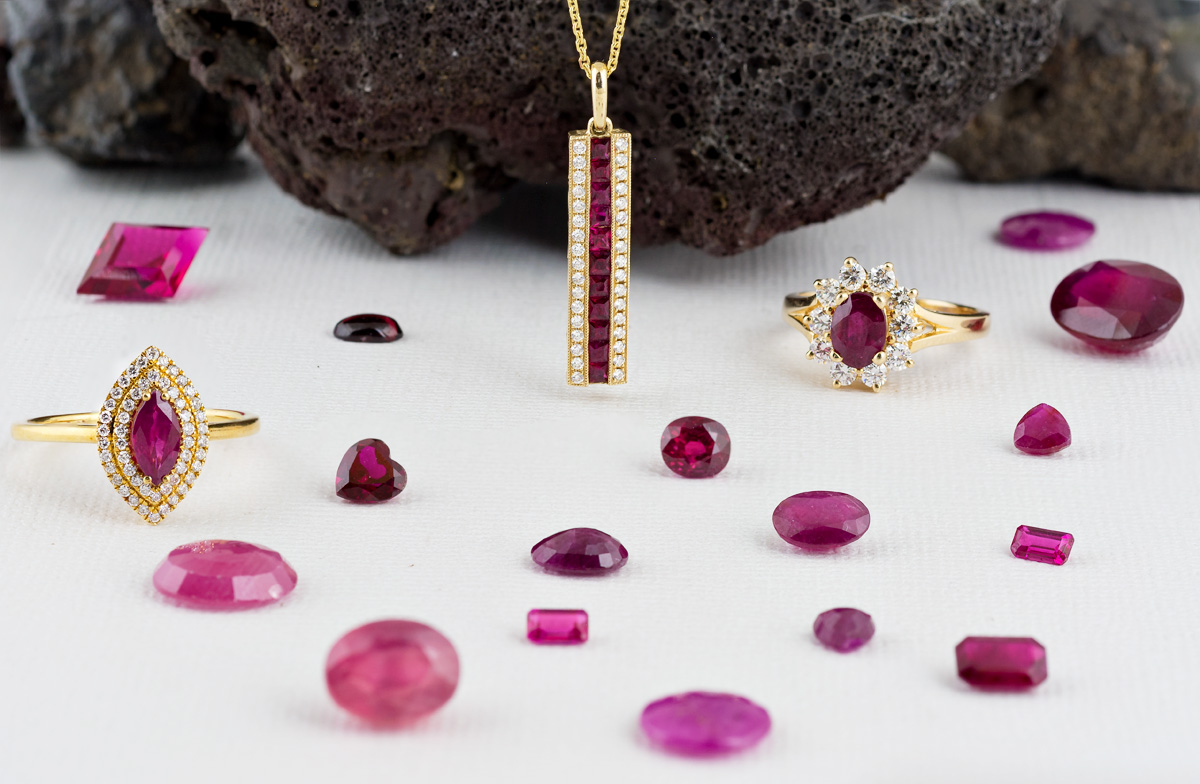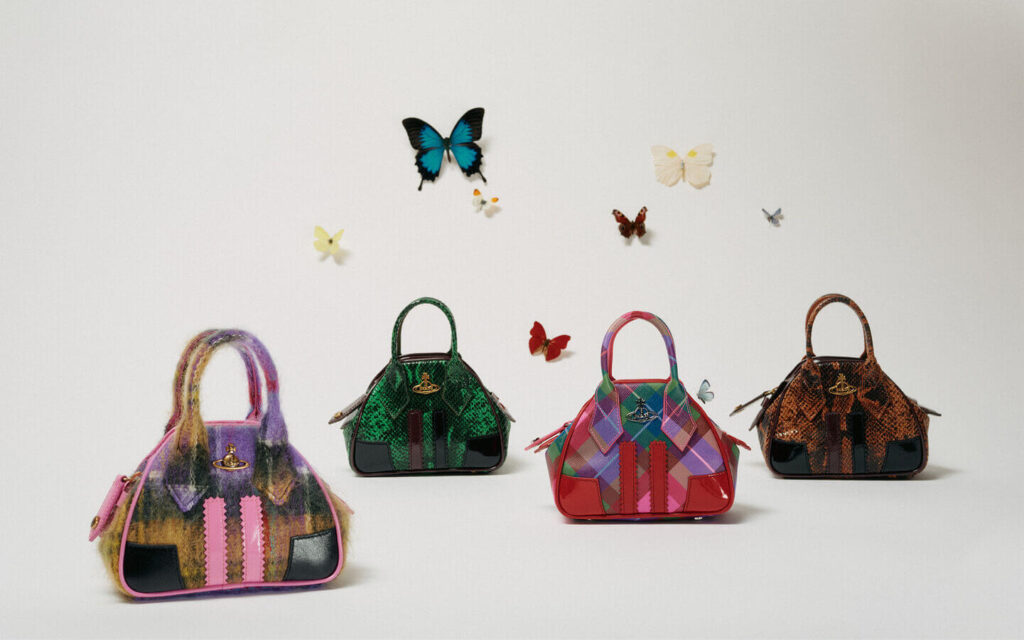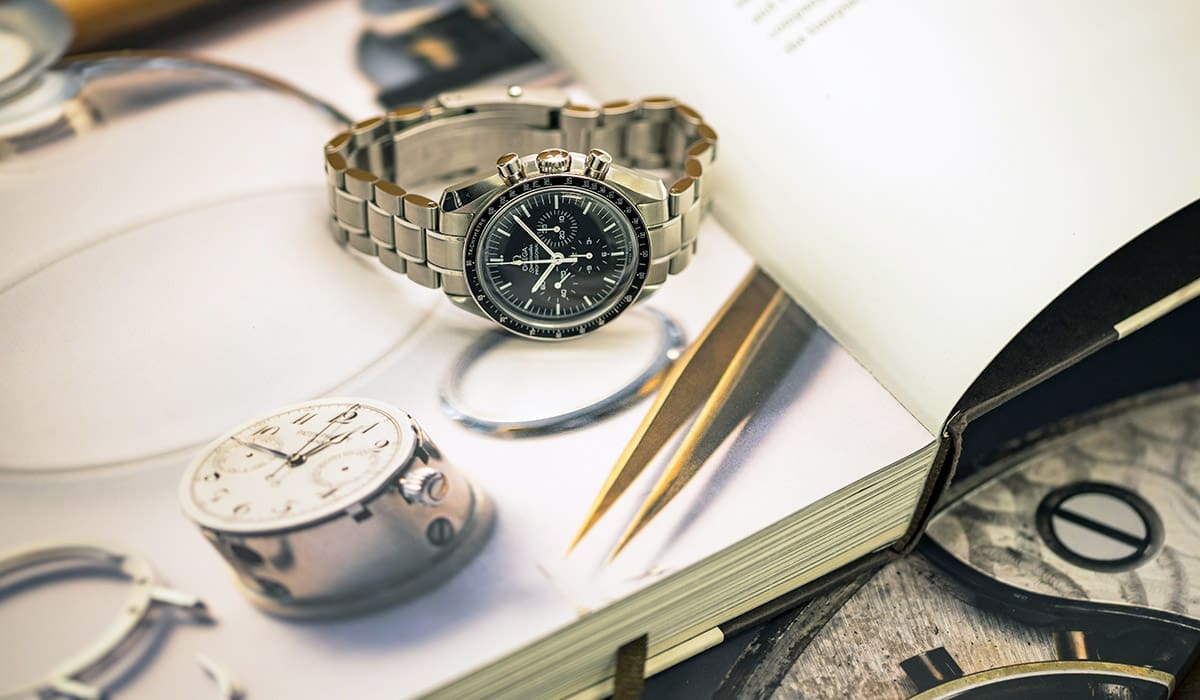
Ruby jewelry has long been cherished for its vibrant red hue, symbolizing passion, power, and luxury throughout history. From ancient civilizations to modern designs, rubies have captivated hearts and minds for centuries. Today, rubies are a popular choice in various forms of jewelry, particularly in engagement rings UK, offering an alternative to traditional diamonds with their unique, fiery color. This visual journey through art history explores how ruby jewelry has been represented in different artistic movements and the gemstone’s enduring appeal across time.
In ancient times, rubies were viewed as symbols of power and protection. The ancient Burmese, for instance, believed that rubies could ensure victory in battle, and they were often set in royal regalia and crowns. Similarly, in Egypt and India, rubies were embedded in the jewelry of kings and queens, not only for their beauty but also for their supposed magical properties. These red gemstones were often incorporated into ceremonial pieces, symbolizing the strength and divine protection granted to those who wore them.
During the Renaissance, ruby jewelry gained prominence in Europe, particularly among the aristocracy. Wealthy families sought rubies as symbols of their status and influence, and the gemstone began to appear more frequently in paintings of the time. Artists like Peter Paul Rubens, who was known for his use of rich reds in his artwork, often featured subjects adorned with ruby jewelry, reflecting the social power and luxury that the gemstone represented.
The Victorian era saw a resurgence of ruby jewelry, with the gemstone becoming associated with romance and deep emotional connections. Queen Victoria herself owned some of the most exquisite ruby pieces, which helped solidify rubies as a symbol of love and devotion. During this time, rubies were frequently set alongside diamonds in ornate pieces, and their popularity spread beyond the royal courts. Across Europe, rubies became more accessible to the middle class, and the gemstone was often used in jewelry that expressed love, wealth, and status.
In the early 20th century, rubies continued to be a popular choice in jewelry, particularly during the Art Nouveau and Art Deco periods. Art Nouveau jewelry often incorporated organic, flowing lines, with rubies set in designs that echoed nature’s beauty. Meanwhile, the geometric patterns of the Art Deco movement brought rubies into more structured, bold settings, with the gemstone used to create striking contrasts against diamonds and other gemstones. This era also saw the rise of ruby engagement rings, including in the UK, as couples looked for alternative gemstones that reflected their individual tastes and desires.
Today, ruby jewelry remains a beloved choice for engagement rings in the UK, as well as in a wide range of other jewelry pieces. Ruby engagement rings are sought after for their symbolic meaning of love and passion, making them a popular option for couples looking for something unique and meaningful. Whether set in platinum, gold, or silver, rubies continue to be a stunning choice for modern jewelry designs. Many jewelers combine rubies with diamonds or other gemstones, creating vibrant, personalized pieces that make a bold statement.
In conclusion, ruby jewelry has played a significant role in art history, from ancient royal regalia to contemporary engagement rings in the UK. Its deep cultural and emotional significance, along with its stunning beauty, have made rubies a timeless favorite among artists, royalty, and modern-day jewelers alike. As we look ahead, ruby jewelry will undoubtedly continue to inspire and captivate, symbolizing strength, love, and passion for generations to come.





More Stories
Elegance With an Edge: luxury bags by Vivienne Westwood
Why Dive Bomb Silhouettes Save You Time and Energy
Timeless Sophistication: Why an Exquisite Timepiece Still Resounds in a Digital Era